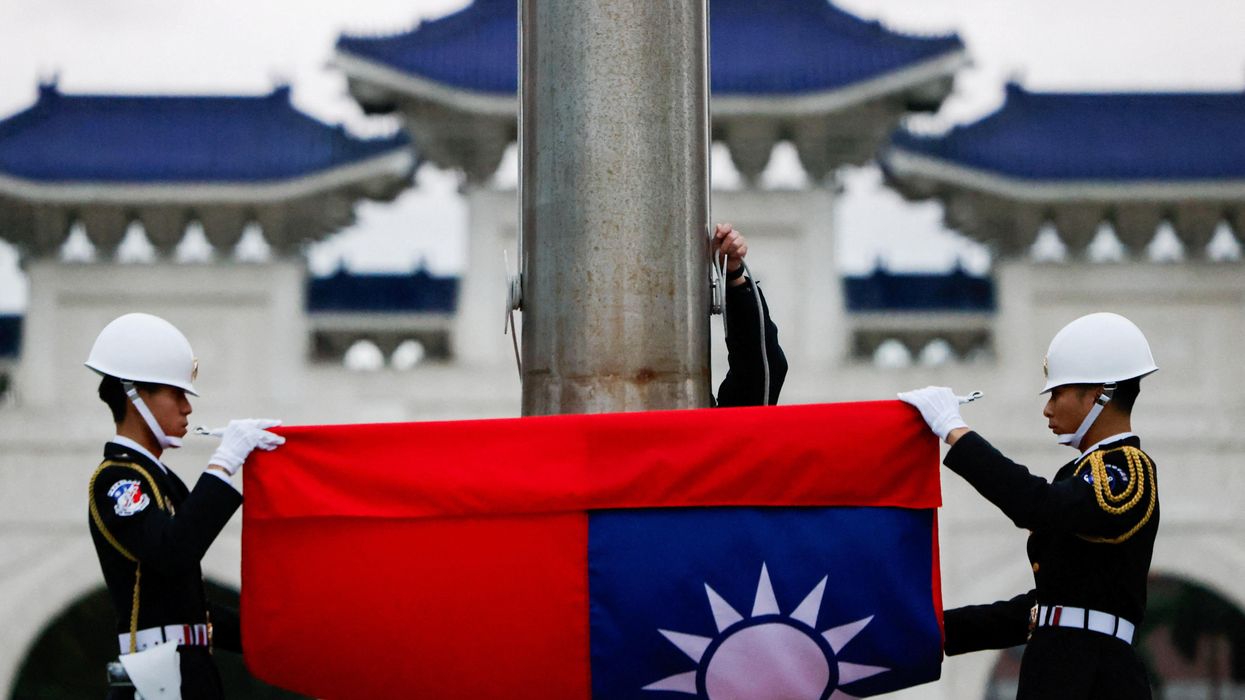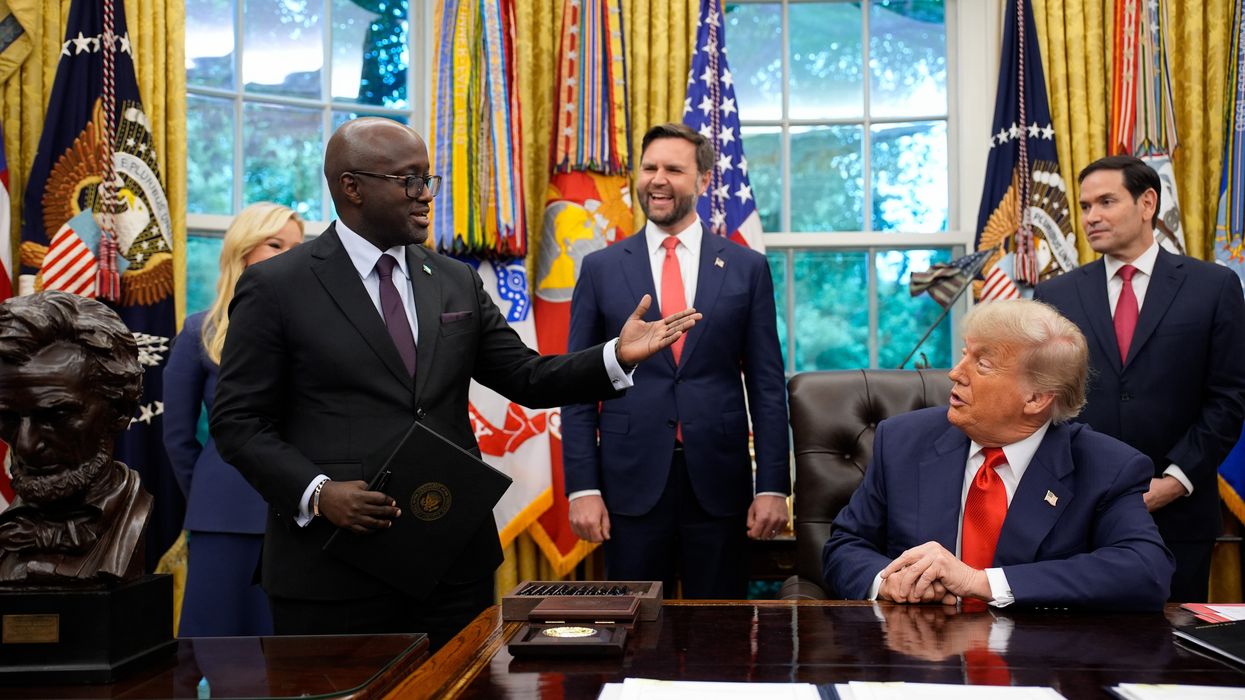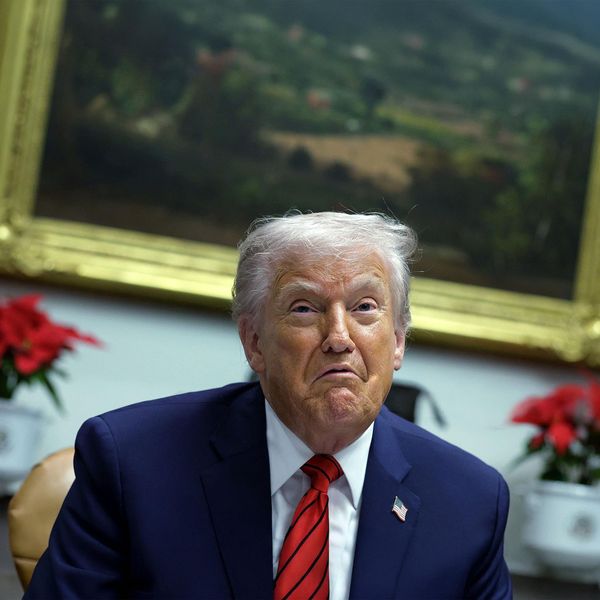A July poll shows that a majority of the American public does not support sending U.S. troops to defend Taiwan or Ukraine, sentiment that lines up with findings from other recent surveys on these heated subjects, which suggests that Americans appear to be warming to restraint and non-interventionism in international affairs.
Indeed, another poll, conducted by the Chicago Council on Global Affairs in February found that a majority of Americans (56%) do not believe that the United States should pick a side in Israel’s war on Gaza. And a more recent survey from Council this month found that just four in ten support the United States sending troops to defend Israel if attacked by its neighbors.
Similarly, Americans’ suspicions of foreign intervention were uncovered in a recent YouGov poll, which found that 79% said that they only support intervention if the U.S. were directly threatened (that number significantly dropped to 49% if an ally were attacked). In the same study, the only recent war that a majority of Americans viewed as justified was World War II.
Despite these findings, Washington continues to push forward with fanning the flames of war around the world, whether being slow to work toward peace settlements in Ukraine and Gaza, stoking conflict with China, or throwing gargantuan amounts of money, unnecessarily, at the Pentagon and thus, the weapons industry.
"The general through line of the polling data is there is a disconnect between official U.S foreign policy and the preferred policies of the American people,” Tucker Kass, spokesman at Defense Priorities which conducted the July survey, told Responsible Statecraft concerning their findings. “The policy coming out of D.C. is interventionist but the American people, at least based on the answers we received, support a more judicious, more discerning policy that would frankly be wiser than current policy."
The Defense Priorities poll also found that just 22% of those surveyed support the United States defending Ukraine. Forty-six percent opposed while 32% were neutral. Thirty percent said they support America militarily defending Taiwan against China, while 37% opposed and 33% were neutral. Additionally, a plurality of Americans surveyed, 44%, agreed that avoiding war with China is more important than Taiwan’s autonomy.
Meanwhile, Americans have been increasingly less likely to support U.S. military aid being sent to Ukraine. A 2022 survey from the Chicago Council found that 79% of Americans supported sending military aid to Kyiv, but that number shrunk to 63% in the Council’s September 2023 poll. Defense Priorities’ July survey found that only 20% of Americans supported continued unconditional support for Ukraine.
Other surveys also found that Americans have opposed the U.S. militarily defending Taiwan against a Chinese attack. In addition to the previously mentioned Defense Priorities poll, a survey from November 2023 by the Chicago Council found that only 39% would support defending Taiwan, rising to 43% in 2024.
Support among Americans for defending Israel militarily has also been trending downwards. According to the Chicago Council on Global Affairs, support for using U.S. troops to defend Israel has hovered just over 50 percent from 2015 through 2021, but dropped to 41% in 2024.
The American public appears to be questioning U.S. military involvement in world affairs more generally. Support for U.S. military bases in Germany, Turkey, Poland, Baltic partners, Japan, South Korea, and Australia is down across the board from 2022 to 2023.
Despite these apparent trends, there are some caveats. As seen in the Defense Priorities poll from July, Americans don’t tend to follow U.S. foreign policy closely, leading to large shares of neutral or “don’t know” responses to related polling questions. Polls also have the potential to differ widely. For example, some polls have shown support for America defending Taiwan, including one survey from the Global Taiwan Institute showing 61% in support as recently as 2022. Additionally, the public can be swayed by conflict or strong media driven narratives. For example, after the September 11th attacks, the media helped to normalize the idea of deposing Saddam Hussein. By January 2002, 73% of the American public supported the use of force in Iraq, believing what the Bush administration said about the presence of WMDs in the country. After years of hindsight, only 32% of Americans considered the Iraq War the right thing to do according to a 2024 survey.
Americans today are now able to see alternative opinions on social media and non-mainstream outlets, leading to perhaps more skepticism towards official Washington perspectives. As polling has shown, Americans have appeared to be able to see through pro- war narratives on Taiwan, Israel-Hamas, and Ukraine.
“Presidents and other interventionists often win short-term public support for military adventurism by moralizing and scaremongering,” Doug Bandow, Senior Fellow at the Cato Institute, told RS. “However, when the effects of these tactics begin wearing off — and Americans start coming home in body bags — public enthusiasm typically wanes. Hence eventual popular disgust with the wars in Afghanistan, Iraq, and more.”- Why sending more US military troops to Taiwan is so risky ›
- New poll: Nearly 70% of Americans want talks to end war in Ukraine ›
- Poll: Most Americans don't want to send troops to defend Israel ›
- WI, MI, PA poll: US foreign policy doesn't put Americans first | Responsible Statecraft ›
















